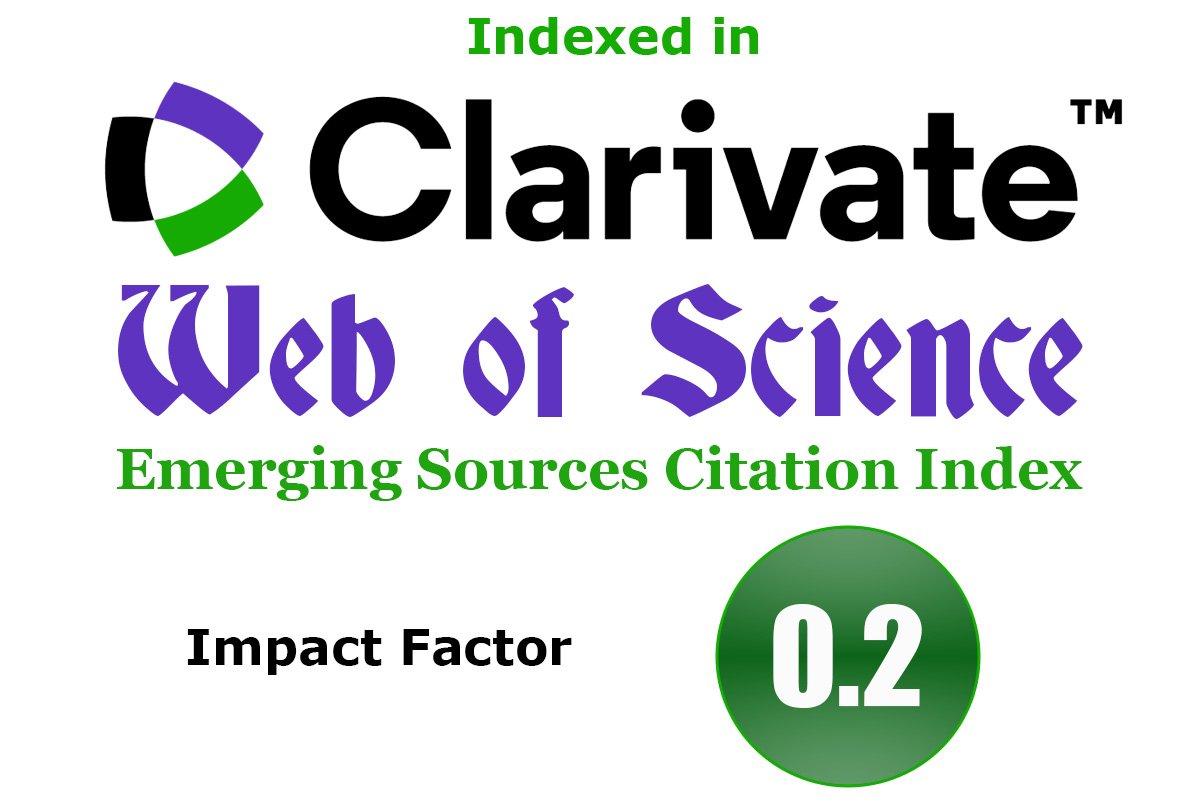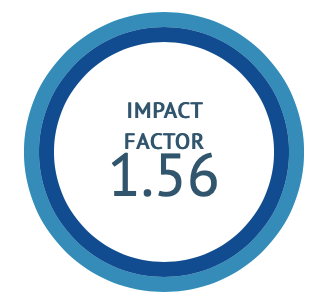Management of Ascites (Jalodar) with Ayurvedic formulations: A Case Report
DOI:
https://doi.org/10.47552/ijam.v16i2.5418Keywords:
Ascites, Ayurvedic Management, Hepatoprotective, Jalodar, Nityavirechan, Purgation, SrotoshodhanAbstract
An unnatural buildup of fluid in peritoneal cavity is known as Ascites. There are many etiological reasons, but Liver Cirrhosis is most frequent one. It can be correlated with Jalodar, which is one of the important types of Udarroga (Disease of abdomen) and it has been described in Charak, Sushruta, Ashtanghridaya. This case of Ascites includes Udaravriddhi (Abdominal distension), Ubhaypada Shotham (Bipedal edema), Nakha, Netra, Twak Peet Varniya (mild icterus), Anorexia (Aruchi) and generalized weakness (Daurbalya). The patient had a history of chronic alcoholism but neither diabetes nor hypertension. He was treated in accordance with the Charak Samhita description of Jalodar’s treatment principles, which include such as Nityavirechan (daily purgation) by using Ayurvedic medications, Strotoshodhan (microchannels cleaning) and few Ayurvedic hepatoprotective drugs. All of the patient’s above-mentioned complaints, were completely resolved. USG (abdomen) repeated after 1 month showed no ascites and there was significant improvement in values of LFT and KFT. The favorable outcomes of this study encourage researchers to carry out more studies to establish an Ayurvedic Jalodar (ascites) treatment plan.
Downloads
Published
How to Cite
Issue
Section
License
Copyright (c) 2025 International Journal of Ayurvedic Medicine

This work is licensed under a Creative Commons Attribution-NonCommercial-ShareAlike 4.0 International License.
The author hereby transfers, assigns, or conveys all copyright ownership to the International Journal of Ayurvedic Medicine (IJAM). By this transfer, the article becomes the property of the IJAM and may not be published elsewhere without written permission from the IJAM.
This transfer of copyright also implies transfer of rights for printed, electronic, microfilm, and facsimile publication. No royalty or other monetary compensation will be received for transferring the copyright of the article to the IJAM.
The IJAM, in turn, grants each author the right to republish the article in any book for which he or she is the author or editor, without paying royalties to the IJAM, subject to the express conditions that (a) the author notify IJAM in advance in writing of this republication and (b) a credit line attributes the original publication to IJAM.




